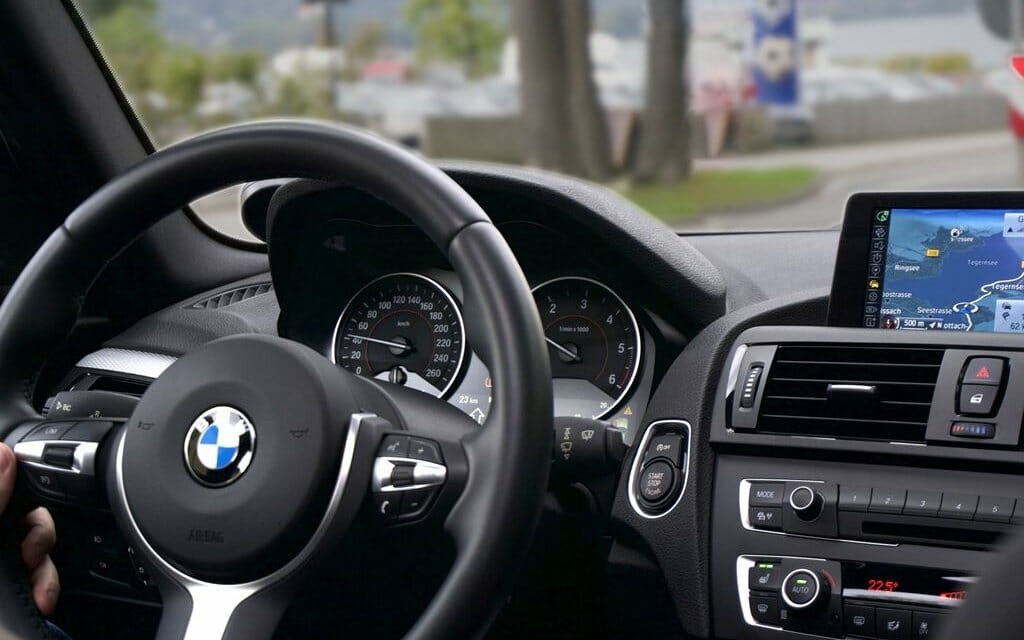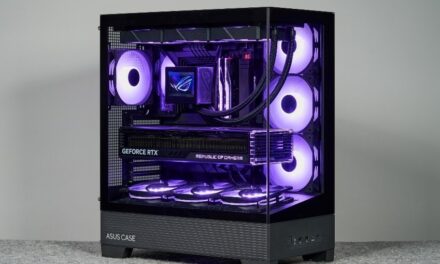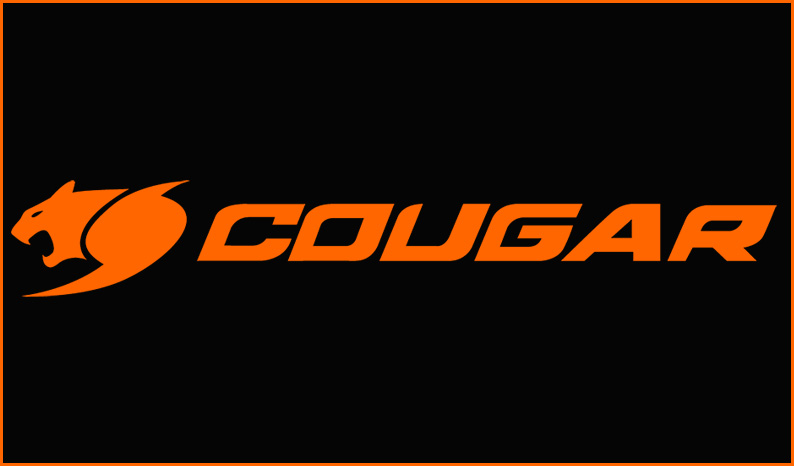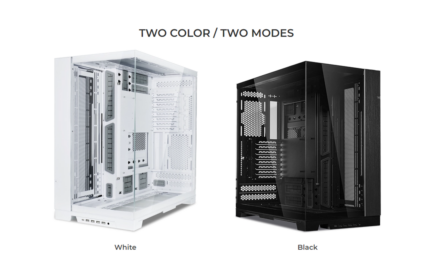
Everything You Need to Know About a Vehicle Identification Number (VIN)

The VIN number of the vehicle is a number that is unique in combination of characters and consists of 17 characters. It is received by cars and trucks on the assembly line. For the first time, cars began to be marked on the conveyors of US factories. Assigning an identifier to each car turned out to be very convenient for tax reporting, as well as for checking the car after entering the market. In 1980, the ISO 3779 standard was developed, which indicates the order of the combination of characters, establishes a common rule for encoding an individual number for all plants.
The coding is written in a separate column of documents for the car and applied in a certain way to a steel plate, the plate is mounted on the frame. Marking is prescribed in one, less often in two lines, the use of spaces between numbers and letters is not allowed. Knowing this cipher can play into your hands when buying a used car, because you can lookup by VIN and find out a bunch of useful information about the vehicle.
Where is the VIN number:
The location of the combination plate depends on the manufacturer. Usually they are located on non-removable parts in hard-to-reach places, so that it would be more difficult for an attacker to make any changes. The driver can find the VIN number in the following places:
* On the top left of the toolbar
* On the A-pillar on the left side
* On the dashboard on the driver’s side at the junction of the hood and windshield
* On cylinder block or door sills
* On the partition between the engine and the passenger compartment.
The duplication of the VIN code is caused by the need to protect the vehicle from theft. Attackers will have to look for all places with combinations, and then remake them.
How VIN stands for:
VIN consists of 17 characters, the line is divided into three conditional parts. The code will help in a few minutes to find out almost everything about a particular car:
- Part of WMI, characters 1-3 – manufacturer’s index.
- 1 – Country of origin. In some cases, two characters are used to uniquely decipher the country of manufacture. For Germany, this is a combination of W0-W9, for the USA, the numbers 10-19 are used.
- 2 – Manufacturing company
- 3 – Machine manufacturer. If the plant produces up to 500 units per year, it is assigned the number 9. For large concerns, an additional sign is used for 12, 13 or 14
- Part of the VDS, signs 4-9 – a constructive or technical description of the car. If the manufacturer does not specify certain technical parameters of the machine, the characters are replaced by zeros.
- 4 – Body type
- 5 – Engine class
- 6 – Lineup
- 7-9 – describe additional equipment options: series, curb weight, etc. The ninth digit is a control sign, which determines the correctness of the entire number
- Part of the VIS, characters 10-17 – the effective part of the number. Here is information about the release date, assembly plant and much more.
- 10 – year of production
- 11 – location of the plant
- 12-17 – serial number of the vehicle and additional information about it
Deciphering the VIN code on your own is laborious and difficult. It is necessary to know not only the full correspondence of characters to their code value, but also the nuances of the encoding used by various manufacturers. That is why, to obtain complete information about the car, special VIN decoders are used, which provide all the necessary data in just a couple of minutes.
For what purposes you may need a VIN:
- To buy a car. Many unscrupulous sellers try to hide some information about the car. VIN by lookup will allow you to exclude the purchase of a problematic car that has been in an accident or is stolen.
- For car sale. In this situation, it is also recommended to check your number, you may find interesting information about your car.
- To purchase new parts, you will definitely need to know the VIN code of the car. Manufacturers create a huge variety of modifications to the same model, so purchased parts may not be suitable for your car. Searching for components based on the VIN code virtually eliminates the possibility of an error.
What you can find out with VIN:
- Whether the vehicle was involved in an accident. Thanks to the VIN, you can find out if the vehicle has been in an accident and how many times this has happened. In some cases, it will even be possible to find out the nature of the damage. This information will help you understand if the seller is hiding something from you and how many potential problems you need to expect in the future from the car you have chosen.
- Whether the car is stolen. This data can save you from buying a stolen copy, which threatens you with the confiscation of the vehicle in the future.
- Legal prohibitions. Purchasing such a car can create unnecessary trouble for you. Of course, the presence of some of these problems does not mean that you should immediately abandon the vehicle of your choice. However, in any case, this will create unnecessary difficulties during operation, and you should consider whether you are ready to put up with them.
- Real mileage. You need to know the actual mileage of the car, because its value can tell a lot about the potential condition of the vehicle. Also, owners often twist the mileage to increase the cost of the copy being sold.
- Number of car owners. The VIN will be able to tell you how many owners the vehicle has had. If the car has been sold too many times in a short time, this may indicate the presence of some kind of malfunction.
- Whether the vehicle was in a taxi or leasing. If so, then you should not buy it, because such specimens are usually in a terrible state, since they are most often poorly exploited and practically not looked after.
- Make and model
- Complete set
- Specifications
The VIN number is an incredibly important element with which you can find out a lot of useful information about a vehicle.
In general, without it, the operation of the car would not be the same as we know it. It simplifies many processes and helps protect the car from a large number of different problems. Therefore, you just need to know what this cipher is for and where it is used, because you will resort to its help quite often.



























